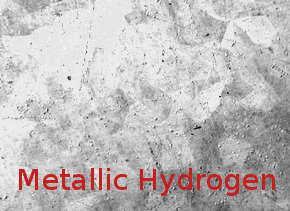For a long time it has been predicted that the H–H bond in molecular hydrogen would break under sufficient compression to form a new, atomic, metallic, solid state of hydrogen.
Eugene Gregoryanz, University of Edinburgh, UK, and Chinese Academy of Sciences, Hefei, China, and colleagues exposed molecular hydrogen, hydrogen deuteride (HD), and molecular deuterium (D2) in a diamond anvil press at room temperature to a pressure of up to 388 gigapascals. This is the highest pressure that has been exposed to hydrogen in static experiment. The researchers observed the state of hydrogen by using in situ high-pressure Raman spectroscopy.
They found that at pressures greater than 325 gigapascals at 300 K, H2 and HD transform to a new phase—phase V. This phase of hydrogen is characterized by substantial weakening of the vibrational Raman activity, a change in pressure dependence of the fundamental vibrational frequency, and partial loss of the low-frequency excitations. Phase V was not observed in D2. The researchers think that the appearance of phase V of D2 must occur at a pressure of above 380 gigapascals.
The researchers speculate that phase V may be the precursor to the non-molecular, atomic and metallic state of hydrogen.
- Evidence for a new phase of dense hydrogen above 325 gigapascals,
Philip Dalladay-Simpson, Ross T. Howie, Eugene Gregoryanz,
Nature 2016, 529, 63–67.
DOI: 10.1038/nature16164


